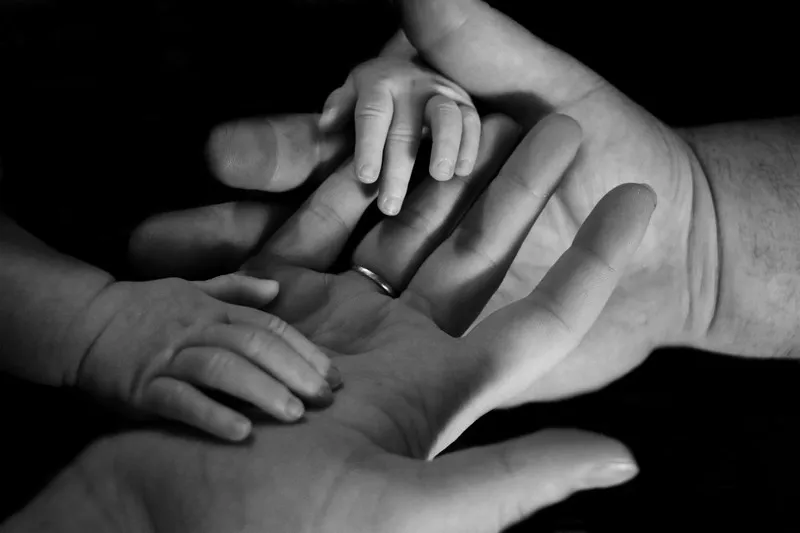Table of Contents
- Introduction
- Historical Trajectories of Abortion Regulation
- Intersecting Inequalities and Reproductive Justice
- Methodological Considerations
- Abortion, the State, and Sociological Theory
- Reproductive Governance and State Power
- Comparative Abortion Policy Regimes
- Civil Society, Discourse, and Resistance
- Global and Transnational Dimensions
- Emerging Challenges in the Digital Age
- Policy Implications and Conclusion
Introduction
Abortion sits at the intersection of bodily autonomy, moral discourse, and institutional power. Because the procedure implicates life, death, and citizenship in profound ways, it is a privileged site through which sociologists can observe how states define legitimate life, regulate risk, and allocate resources. Whereas biomedical sciences often frame abortion as a clinical intervention, sociology interrogates the social structures, cultural meanings, and power relations that surround it. This article explores how the modern state shapes the conditions under which abortion is performed, contested, or denied. It draws on key sociological theories, historical trajectories, comparative policy analysis, and emerging digital challenges to unpack the multifaceted role of the state. By the end, readers will appreciate why abortion policy tells us as much about governance and inequality as it does about reproductive health.
Historical Trajectories of Abortion Regulation
Long before modern medicalisation, communities employed a range of abortifacients, rituals, and midwifery practices that were governed by customary rather than statutory norms. In medieval Europe, ecclesiastical courts differentiated between “quickening” and earlier pregnancy, reflecting the limited embryological knowledge of the era. The criminalisation that swept Western jurisdictions in the nineteenth century coincided with three macro processes:
- The professionalisation of medicine, which displaced midwives and sought to monopolise reproductive care
- Nation‑building efforts that equated population growth with military and economic strength
- Bourgeois anxieties over declining fertility rates among “desirable” classes, fuelling pronatalist panic
By the mid‑twentieth century, decolonising movements introduced new dilemmas. Post‑colonial states oscillated between inherited colonial prohibitions and socialist promises of gender emancipation. China’s one‑child policy (1979‑2015) demonstrated a radically interventionist model, leveraging abortion for demographic engineering. In contrast, most of Sub‑Saharan Africa retained colonial‑era bans, shaped by missionary legacies and donor‑driven public health agendas.
This historical lens reveals that abortion regulation has always been about more than pregnancy; it is a barometer of how states imagine their future citizens and the bodies required to produce them.
Intersecting Inequalities and Reproductive Justice
The concept of reproductive justice, coined by Black feminists in the 1990s, extends far beyond the liberal language of “choice.” It demands the right not only to terminate a pregnancy but also to have children, to parent them in safe environments, and to live free from reproductive coercion. Focusing exclusively on statutory access obscures how structural oppressions shape the real availability of options.
Indigenous women in Canada, for instance, have documented coerced sterilisation well into the twenty‑first century—an egregious violation that undermines any formal assurances of abortion access. In the United States, Black women experience maternal mortality rates three times higher than those of White women, signalling that the promise of “safe” reproduction is unevenly distributed. Migrant domestic workers in the Gulf Cooperation Council states confront sponsorship rules that tie legal residency to employers, making pregnancy grounds for dismissal and deportation; abortion is criminalised, and post‑abortion care often depends on employers’ goodwill.
These cases demonstrate that abortion policy, while important, is only one thread in a wider tapestry of social reproduction. A reproductive justice framework urges sociologists and policymakers to interrogate the intersecting systems of racism, sexism, ableism, class exploitation, and xenophobia that delimit genuine reproductive freedom.
Methodological Considerations
Sociologists deploy mixed methods to study abortion and state power:
- Quantitative analyses of vital statistics measure the impact of policy shifts on abortion rates, maternal mortality, and inequality indicators. Natural experiments—such as staggered state bans—allow causal inference.
- Qualitative interviews with patients, providers, and policymakers illuminate embodied experiences of law. Narratives capture stigma, agency, and the micropolitics of clinic encounters.
- Content analysis of legislative debates and media coverage tracks framing contests over time, revealing discursive shifts that precede policy reform.
Triangulation across these methods mitigates epistemic blind spots and grounds theory in empirical evidence.
Abortion, the State, and Sociological Theory
Why the State Matters
Get the full article AD FREE. Join now for full access to all premium articles.
View Plans & Subscribe Already a member? Log in.





